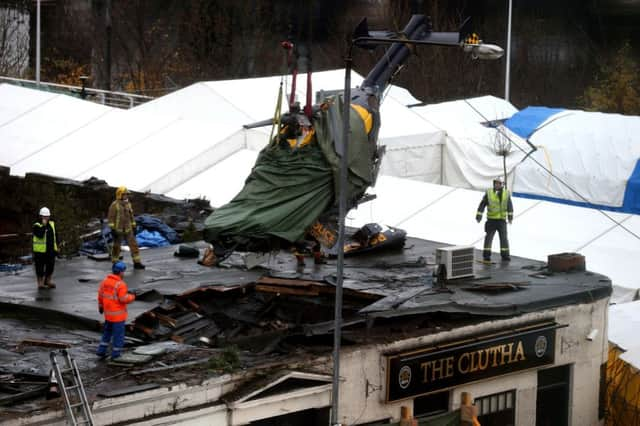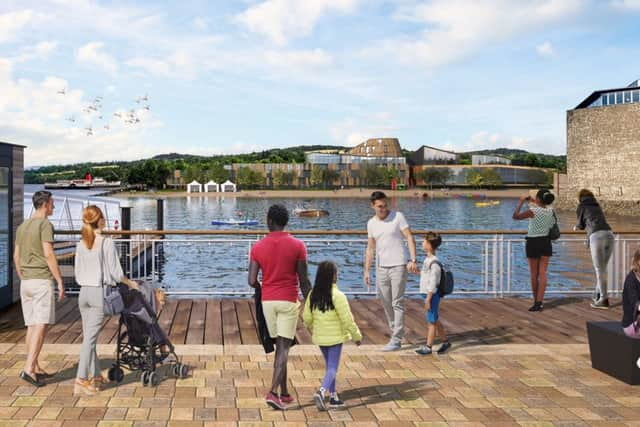Clutha inquiry told of sensor ‘misreadings’ on helicopter


Airbus, which produces the twin-engine Eurocopter EC135 model, had the sensors sent back by helicopter operators between November 2007 and October 2013, with reported problems including “fuel indication” fluctuations during flights, and readings that aircraft had 60kg of fuel on board when they were in fact empty.
The firm also had 600 sensors returned between the date of the crash in November 2013 and May last year, with reported problems including “spurious readings”.


Advertisement
Hide AdAdvertisement
Hide AdOn the ninth day of a Fatal Accident Inquiry, an aeronautical engineer who works for Airbus described the level of returns as a “huge number”.
Holger Mendick, a compliance verification engineer with the company, said its EC135 fleet accumulated around 400,00 flight hours each year and there was a “natural number of sensors” which would fail.
The failure of the sensors in itself, he added, was “not a problem,” because the faults were indicated, allowing the component to be replaced.
The 44-year-old added that some sensors were returned even though the readings showed they were within an “allowable tolerance”.
Mr Mendick also told the court that in his view, the reason no fuel was found in the helicopter’s right-hand supply tank after it crashed into the Clutha Bar in Glasgow, killing ten people, was “most probably caused” by compression of the tank and the altitude of the helicopter.
He said the complete fuel tank lower structure was compressed together as a result of the crash, stating that he had “seen the wreckage myself”.
He added that it was “very difficult” to say whether the supply tank in question contained no fuel as a result of the crash, or whether it would have been empty in any case.
Under questioning from Shelagh McCall QC, counsel for Lucy Thomas, the fiancée of helicopter pilot David Traill, Mr Mendick earlier said that “in principle” water contamination could affect the fuel sensor in the main tank as well as those in the supply tanks.
He said that water in the main tank sensor could evaporate quickly, explaining: “It’s not a matter of days or weeks, it’s just a matter of maybe an hour, or some hours.”
The inquiry continues.
